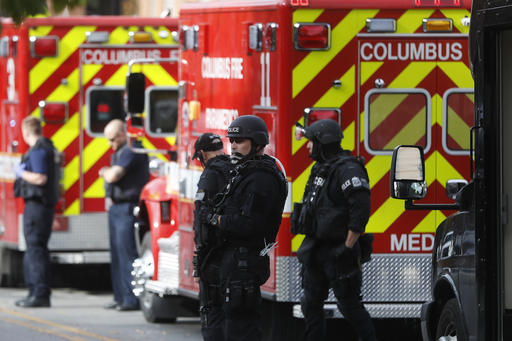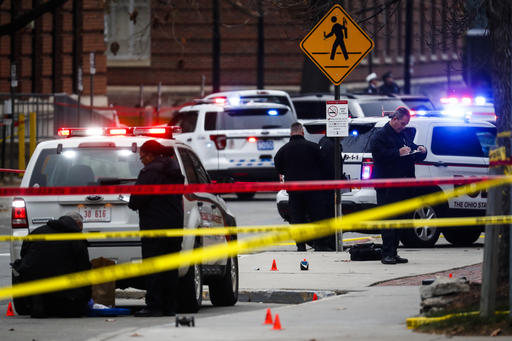Following recent stabbings at Ohio State, USC and Mountain View High School in Orem, Brigham Young University Police recommended precautionary methods for students to use against stabbings and other incidents of deadly force if a similar situation occurred at BYU.
Lt. Steven Messick shared precautions the University Police take to mitigate stabbings.
“We train all the time to respond rapidly to instances where people are using deadly force, whether it be an active gunman or someone stabbing,” Messick said. “We train, even if it’s an individual officer, to stop the action as quickly as we can to minimize injuries to other people.”

University Police has a notifications system in place to alert students, faculty and staff of dangerous situations.
Three methods of contacts are used in the event of an emergency: email, IP phone messages and text. All messages sent through these mediums are approved by a University Police officer or lieutenant, according to BYU’s Information Technology website.
“These things happen so rapidly, we do have a notification system on campus,” Messick said. “If we are able to respond quickly, we would probably have the situation completely taken care of before any notifications would be able to come out.”
However, if an individual goes mobile and the general location of that person is known, University Police will send out a mass notification to the public with directions on how to remain safe, according to Messick.
“I’ve received some of those emails before,” BYU student Nathan Wright said. “It never really affected me. But I was glad they were there because maybe someday whatever they send will affect me, and I’ll know more information so I can stay safe.”
Messick shared some advice about what a student should do in a potentially life-threatening situation.
“Obviously, the very first thing you try to do is call the police department,” Messick said. “Be a really good witness — as far as information we need — in case the person takes off. The other thing is to make sure you keep yourself out of harm’s way, and do what you can to keep other people out of harm’s way.”
University Police has more resources on its website to help individuals on the BYU campus understand what they can do to help prevent incidents of deadly force.
When an individual leaves campus, the coordination between the BYU Police and Provo Police is quite seamless, according to Sergeant Brian Taylor, public information officer for Provo Police.
“Let’s say BYU Police lose containment on a threat in the library and that person gets off campus into Provo,” Taylor said. “The police officer nearest would get on the radio and say ‘this person has breached our containment.'”

Taylor said sometimes police agencies don’t always get along or work together really well, except in emergencies. They just communicate and use all their resources to stop lethal behavior wherever they are.
“They would give a direction of travel, what he was last seen wearing, they would describe his conduct, any vehicle, his description that they had and their dispatch would immediately communicate that to anyone with a police radio and we would start policing things,” Taylor said. “There is no hiccup there.”
When an individual leaves BYU’s containment area, Taylor said Provo Police has a geographic-based calling feature allowing officers to call every land line with a circle that police indicate on a digital map.
Taylor said social media may be the most effective way to spread information to a mass audience, especially within the Provo area.
“I could put the call out, but who watches their phone anymore — not many,” Taylor said. “A lot of those people don’t even have a landline. But if I put out a critical incident on Facebook, that gets shared, retweeted and liked. It goes at an amazing rate.”




